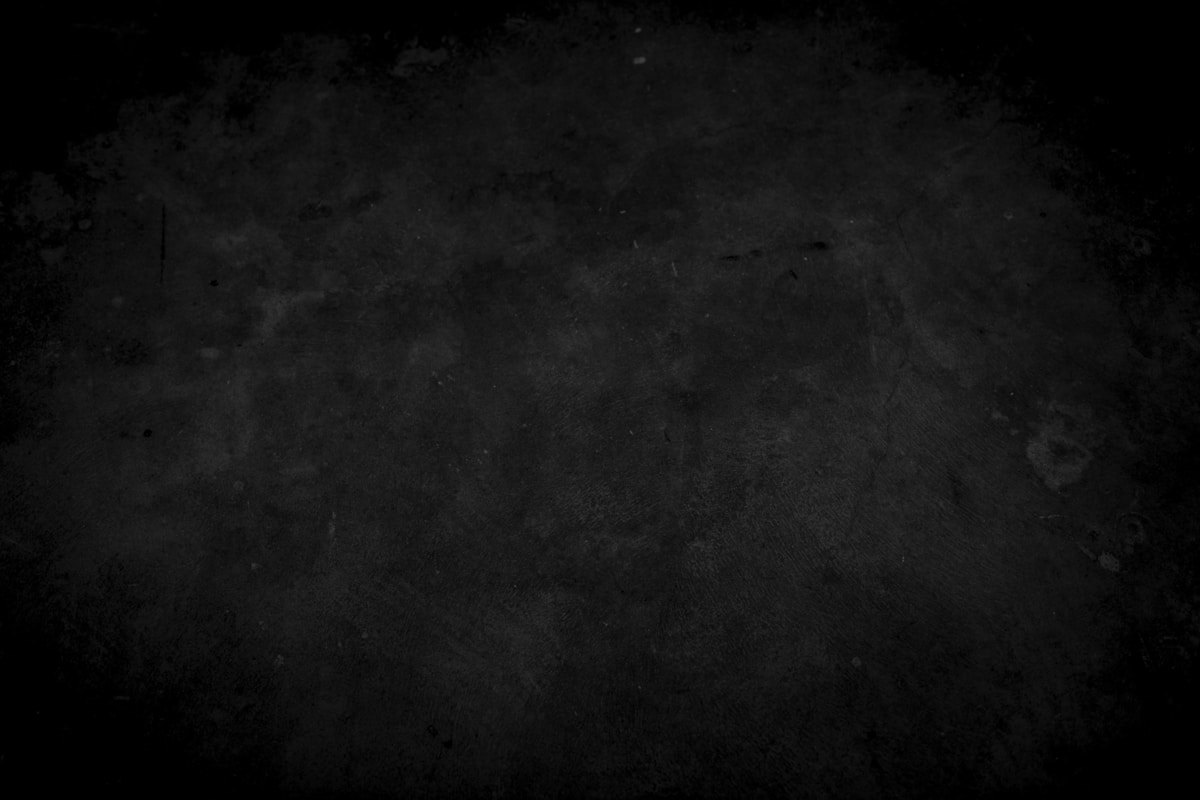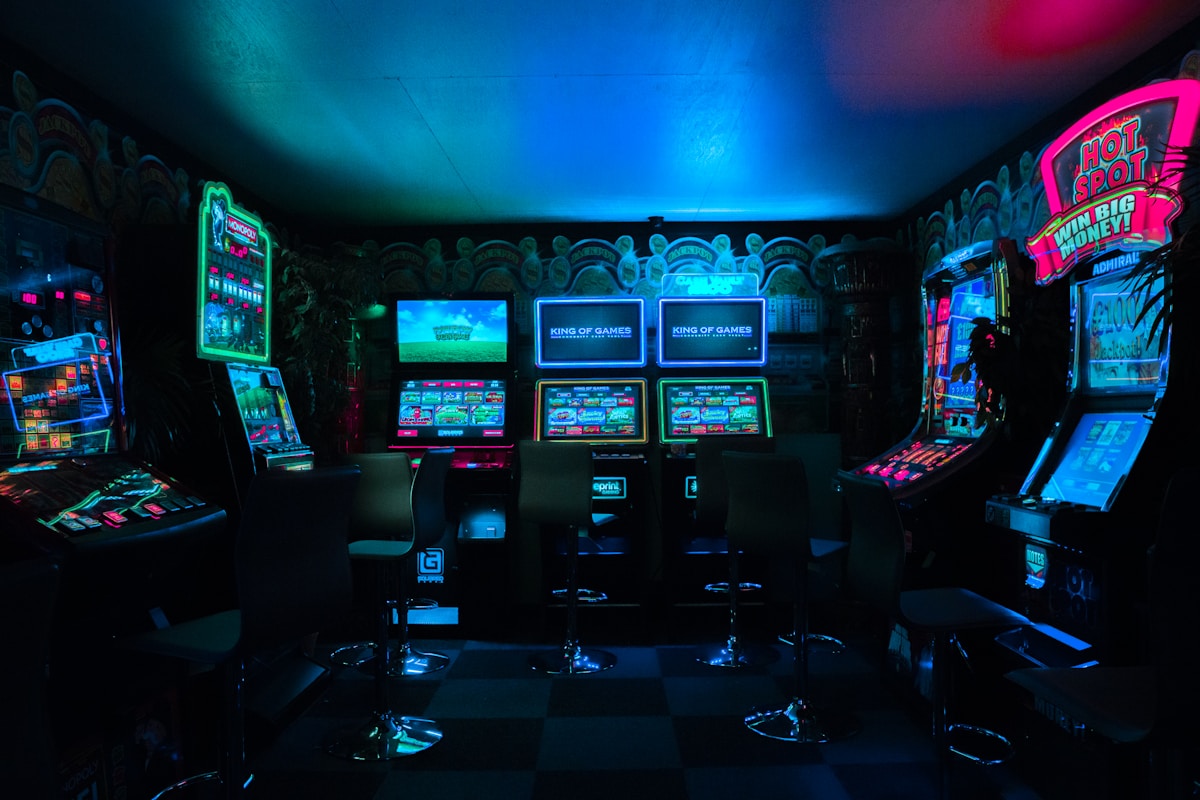Mazebound from Absam Studios throws out traditional inventory systems for a physical cart you push through procedurally generated labyrinths. Hunt, gather, craft weapons, and survive with friends in this co-op horror game launching Q2 2026 with a demo available now. Developed by just two people, this survival horror experiment replaces the familiar backpack with a shopping cart you physically maneuver through twisting corridors while something hungry stalks you in the darkness.
Why a Shopping Cart Changes Everything
Most survival horror games let you stuff an impossible number of items into invisible backpacks or magic pockets. Mazebound forces you to physically transport everything in a cart. This single design choice transforms how you approach survival. Need weapons to defend yourself? Better make room in your cart. Found food to stay alive? Hope you did not fill the cart with wood already. Want to carry crafting materials for that better weapon? Something else has to get left behind.
The cart becomes a character in itself, a constant companion and source of anxiety. It makes noise as you push it across stone floors, potentially attracting whatever lurks in the maze. It gets stuck on corners when you panic and try to turn too fast. It blocks doorways, forcing you to pull it through carefully rather than just sprinting to safety. This tactile, physical inventory management creates tension that abstract menu systems cannot match.
In co-op mode with friends, the cart dynamics become even more interesting. Do you each push your own cart and spread resources thin? Do you consolidate everything into one cart while the other player scouts ahead unencumbered? Can you use the cart as mobile cover when threats appear? These emergent strategic considerations arise naturally from the physical object existing in the game space rather than as a UI overlay.
Every Maze is Different
Procedural generation ensures no two playthroughs follow identical paths. The maze layout, item placement, threat spawns, and environmental hazards change with each run. This creates genuine exploration tension because you cannot memorize optimal routes or safe zones. What worked last time might trap you this time. That shortcut you discovered before might not exist now.
The procedural system generates massive labyrinths with multiple paths, dead ends, hidden areas, and interconnected sections. You start surrounded by sea with a towering gate ahead, the only way forward being into the maze itself. As you venture deeper, the environment shifts and the stakes escalate. The demo gives players a substantial preview of how these systems work together to create unpredictable horror experiences.
Absam Studios emphasizes that safety is fleeting in Mazebound. You cannot establish a permanent safe base. You cannot memorize patrol patterns because they change. You cannot rely on knowing where supplies spawn. This forces adaptation and improvisation rather than optimization and route memorization. For players exhausted by predictable horror games where the fourth playthrough becomes trivial, Mazebound’s commitment to procedural chaos offers genuine unpredictability.
Craft Weapons From What You Find
Survival depends on crafting weapons from scavenged materials. Tear branches from walls, collect scrap metal, find discarded tools, and combine them into defensive implements. The crafting system tailors to different playstyles. Prefer keeping threats at distance? Craft ranged weapons. Want to fight up close? Build melee implements. Need versatility? Create tools that serve multiple purposes.
However, crafting materials take precious cart space. That branch could become a weapon or it could stay as kindling for fires that provide warmth and light. That scrap metal might be a blade component or building material for defensive barriers. Resource management becomes a constant balancing act where every item competes for limited space and every choice carries opportunity cost.
The crafting mechanics reportedly avoid overwhelming complexity. You are not memorizing 50-ingredient recipes or consulting external wikis. The system emphasizes practical survival decisions made under pressure rather than recipe optimization spreadsheets. This keeps the focus on horror and exploration rather than crafting simulator mechanics.
The Willpower Mechanic
Beyond physical health, Mazebound tracks willpower, a psychological survival metric that influences your chances of making it out alive. Specific triggers cause willpower drain, presumably through terrifying encounters, isolation, hunger, or witnessing disturbing events. When willpower drops too low, negative effects compound your physical vulnerabilities.
This dual-survival system creates interesting strategic considerations. Do you risk a dangerous area for supplies knowing it might shatter your willpower? Do you waste time seeking comfort items that restore mental stability at the expense of physical resource gathering? Can you push through with low willpower if your health and weapons remain strong, or does psychological collapse guarantee death regardless?
The willpower mechanic also affects co-op dynamics. One player’s psychological collapse could compromise the entire group’s survival chances. Teammates might need to make difficult decisions about whether to support a struggling companion or prioritize mission objectives. These moments of moral tension elevate Mazebound beyond simple monster-avoidance into more complex survival drama.
Solo or Co-op Online
Mazebound supports both solo play and online cooperative multiplayer. The solo experience emphasizes isolation and self-reliance, creating the classic survival horror atmosphere where you face threats alone with only your wits and limited resources. Every sound could be danger. Every shadow might hide a threat. The psychological weight of solitary survival amplifies the horror.
Co-op transforms the experience into a different kind of tension. You have allies, but cooperation under pressure creates its own challenges. Communication breakdowns lead to deaths. Resource disputes create conflict. One player’s mistake can doom the entire group. However, coordinated teamwork also enables strategies impossible in solo play, like using carts as mobile barriers or creating distraction-and-escape plans.
The online implementation means you can play with friends regardless of location. No split-screen limitations or local-only restrictions. However, this also means you need stable internet connections and coordinated schedules. The game presumably includes voice chat integration or works well with external communication tools like Discord for the coordination that survival demands.
You Are Not the Only One Starving
The tagline makes clear that predators inhabit the maze alongside you. What exactly stalks the corridors remains mysterious, but the implication is creatures driven by hunger rather than mindless aggression. This suggests intelligent threats that hunt rather than patrol fixed routes. Enemies that learn player behavior. Predators that adapt tactics when their prey proves elusive.
The emphasis on not lingering in one spot suggests staying mobile is crucial. Camping in safe corners might feel secure temporarily, but eventually attracts attention from things that also need to eat. This creates pressure to keep moving, keep exploring, and keep taking risks rather than finding one defensible position and turtling indefinitely.
The Two-Person Development Team
Absam Studios consists of just two developers building Mazebound while managing all aspects of indie game production. This makes the scope even more impressive. Procedural maze generation, co-op netcode, crafting systems, AI for stalking threats, cart physics, willpower mechanics, and atmospheric horror presentation all represent substantial technical challenges for a massive team, let alone two people.
The studio maintains active social media presence on X, Instagram, YouTube, and Discord, engaging with their growing community and gathering feedback from demo players. This direct communication characterizes indie developers who view early adopters as partners shaping the final product. The demo launched October 24, 2025, giving the team several months to incorporate player feedback before the planned Q2 2026 full release.
The target launch window of Q2 2026 means sometime between April and June. This gives Absam Studios roughly 6-8 months from now to finalize content, polish mechanics, balance difficulty, optimize performance, and address any critical issues that surface during the extended demo period. For a two-person team, this timeline is ambitious but demonstrates confidence in their current build quality.
Standing Out in Survival Horror
The survival horror genre overflows with games trying to recapture the magic of classics like Resident Evil, Silent Hill, and Amnesia. Most fall into familiar patterns: limited inventory slots, scattered key items, linear progression through atmospheric environments, and jump scares at scripted moments. Mazebound differentiates through its cart system, procedural generation, and emphasis on co-op horror rather than solitary terror.
The cart specifically creates memorable gameplay moments that traditional inventories cannot produce. Stories of players abandoning their carts to flee threats, then desperately trying to retrieve them. Tales of co-op teams arguing about who gets cart space for their items. Moments where the cart saved someone’s life by blocking an attack or creating an obstacle that bought precious seconds. These emergent narratives arise naturally from the physical object existing in game space.
FAQs About Mazebound
When will Mazebound fully release?
Mazebound is targeting Q2 2026 for full release, meaning sometime between April and June 2026. The free demo is currently available on Steam, launching October 24, 2025.
Can you play Mazebound solo or do you need friends?
Mazebound supports both solo play and online cooperative multiplayer. You can experience the horror alone or team up with friends to survive together. The game adapts to both playstyles.
What platforms will Mazebound be available on?
Currently, Mazebound is confirmed for Windows PC via Steam. Console versions have not been announced, though they could potentially come after the PC launch depending on success and community demand.
How does the cart inventory system actually work?
Instead of a traditional inventory menu, you push a physical cart through the maze. Items must be loaded into the cart, which takes up space and makes noise. You can only carry what fits in the cart, forcing difficult decisions about what to bring and what to leave behind.
Is the maze the same every time you play?
No, Mazebound uses procedural generation to create different maze layouts, item placements, and threat spawns with each playthrough. This ensures you cannot simply memorize routes or safe zones, maintaining tension across multiple runs.
What is the willpower mechanic?
Willpower represents your character’s psychological state and affects survival chances. Terrifying encounters and harsh conditions drain willpower, and low willpower creates negative effects that compound physical vulnerabilities. Managing both mental and physical health is crucial.
How big is the development team?
Mazebound is developed by Absam Studios, a two-person indie team. Despite the small size, they are creating a game with procedural generation, co-op multiplayer, crafting systems, and atmospheric horror presentation.
Is the demo available now?
Yes, a free demo launched on Steam on October 24, 2025. The demo provides a substantial preview of the core gameplay mechanics, cart system, crafting, and procedural maze generation.
Conclusion
Mazebound proves that innovative design choices can breathe new life into established genres. The shopping cart inventory system transforms survival horror from menu management into physical space negotiation. The procedural generation ensures genuine unpredictability that keeps even veteran players on edge. The co-op implementation creates emergent stories through cooperation and conflict under pressure. For a two-person team building their debut title, Absam Studios demonstrates remarkable ambition and technical skill. The free demo available now on Steam provides risk-free opportunity to experience whether pushing a cart through procedurally generated horror mazes while something hungry stalks you appeals to your survival instincts. Whether played solo for classic isolation horror or with friends for coordinated survival drama, Mazebound offers something distinct in a genre often criticized for iterating on the same formulas. Download the demo, load up your cart, and discover if you have what it takes to navigate the labyrinth and escape with your life and sanity intact. Just remember that you are not the only one starving in there, and that cart full of supplies you worked so hard to gather might attract exactly the kind of attention you were hoping to avoid.



